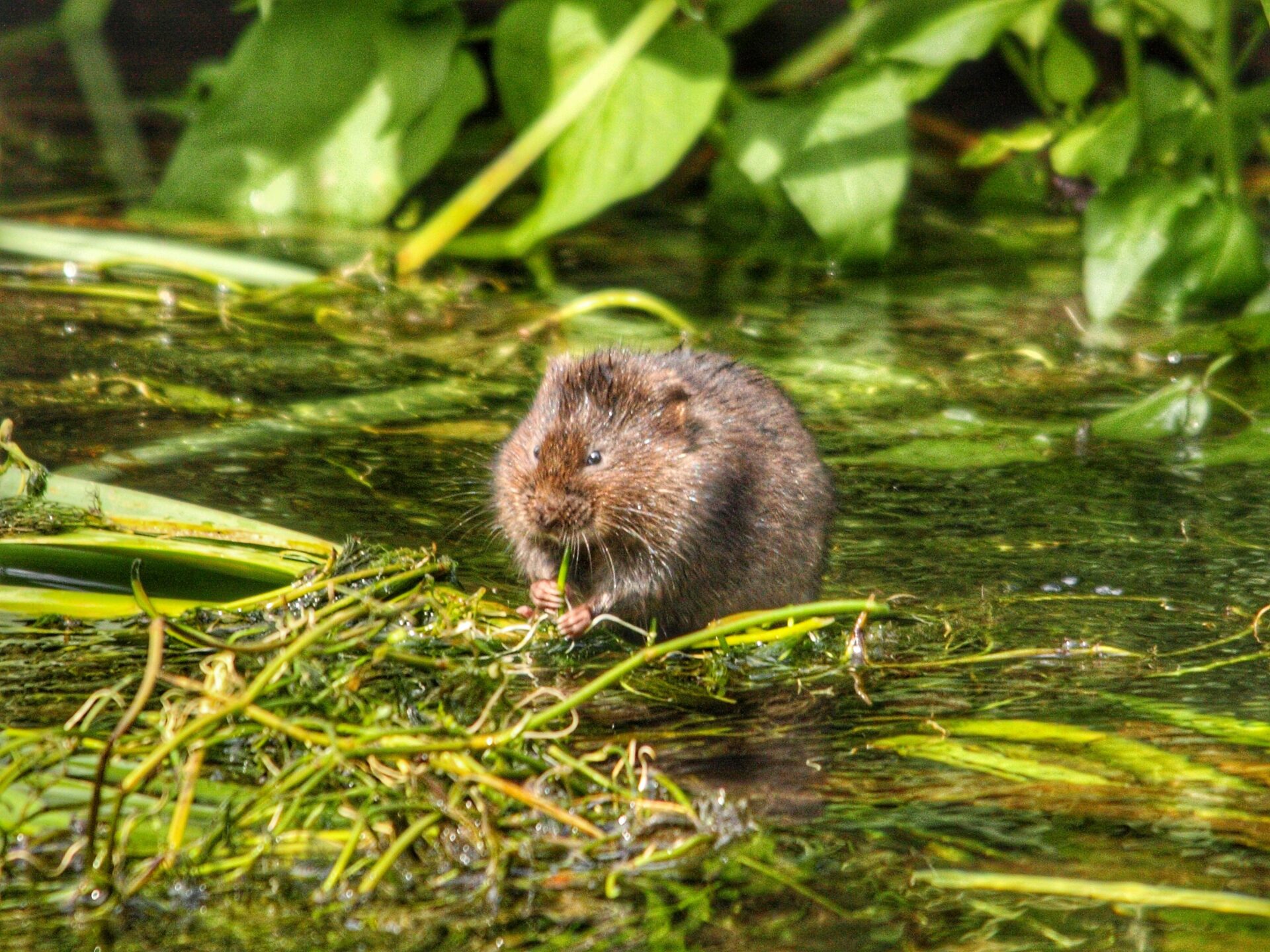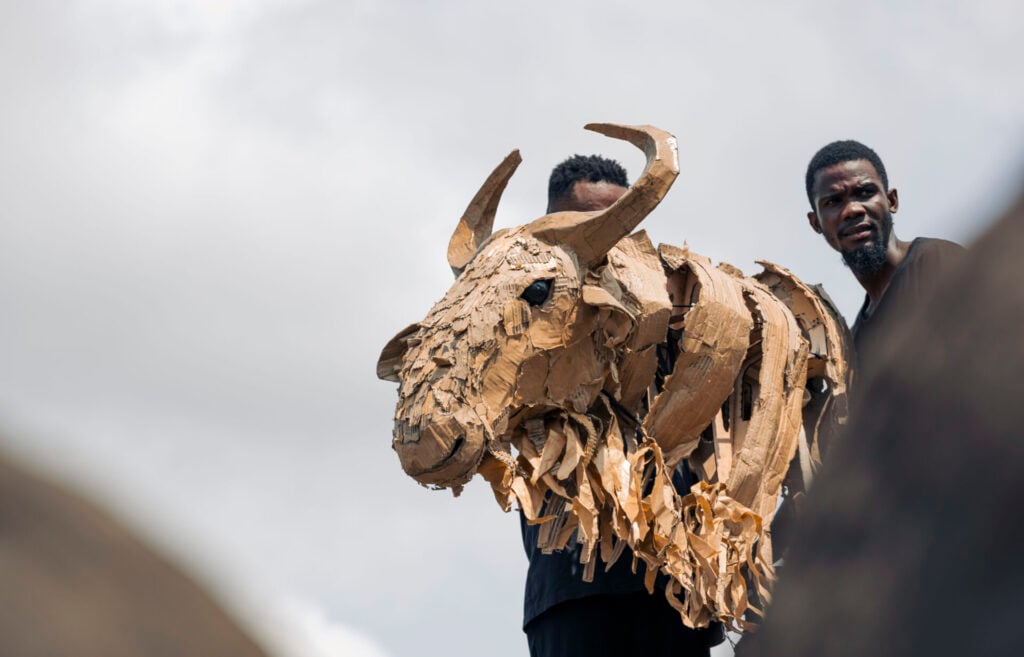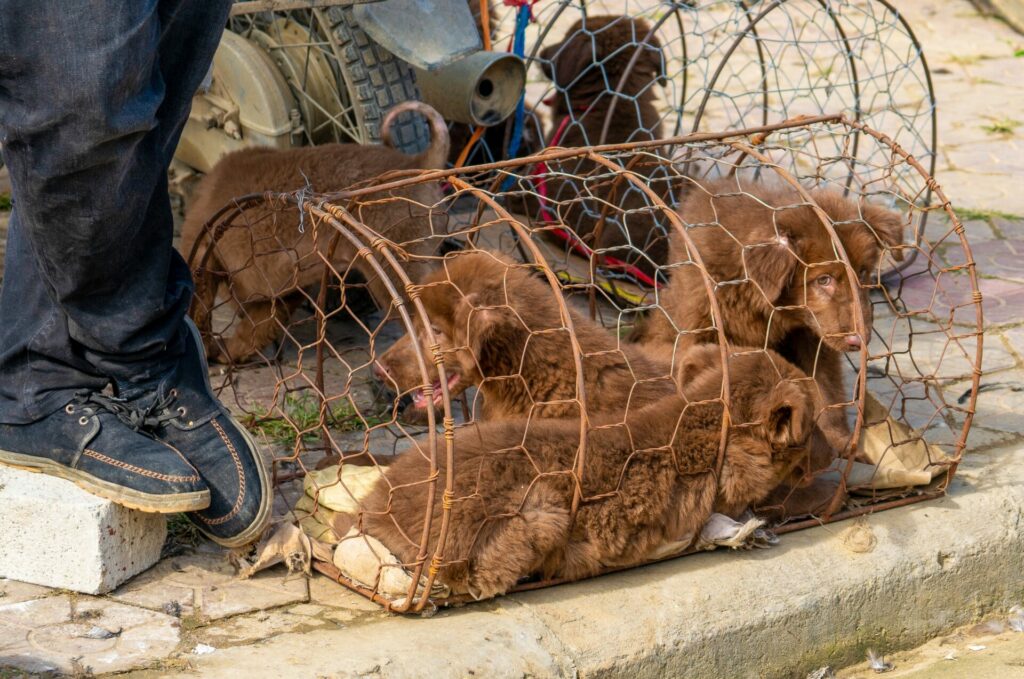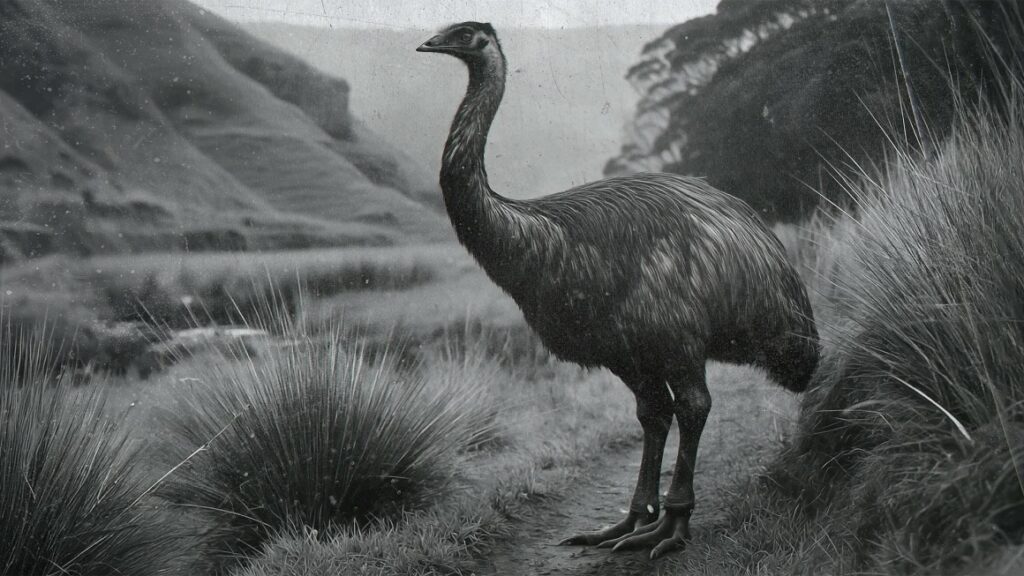A colony of 50 water voles has been released into an English river where the animal has not been seen for two decades.
Once extinct in England, the species – made famous as ‘Ratty’ in Kenneth Grahame’s children’s classic ‘The Wind in the Willows’ – has made an historic return to the waters, wetlands and meadows of Upper Hogsmill in Surrey.
The semi-aquatic rodents have suffered huge declines as a result of habitat loss, pollution of waterways, industrialisation of agriculture, housing development and predation by American mink, which were brought to the UK for fur farming.
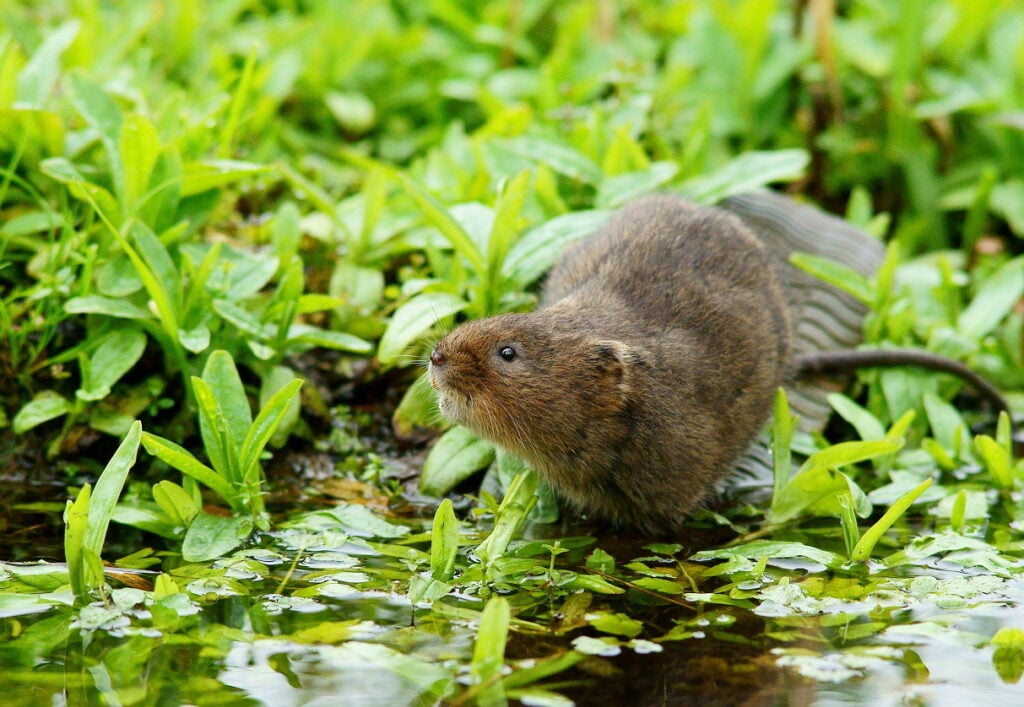
Once a regular sight in ditches, streams and rivers across the UK, water voles are now absent across much of the country.
Dr Bella Davies, CEO of the South East Rivers Trust said: ‘Water voles were once a familiar sight on the Hogsmill, but due to habitat loss and invasive predators, they died out.
‘Now, after years of dedicated river restoration work, and the creation of the flagship wetland at Chamber Mead, as well as extensive monitoring by a band of dedicated local volunteers , we’re thrilled to have brought them back.’
Why Water Voles Matter
Water voles are one of the UK’s fastest-declining mammals, having disappeared from 94 per cent of their former range. Their return to Surrey is both a symbolic and ecological milestone.
Elliot Newton, Director of Rewilding at Citizen Zoo said: ‘This is not just a win for water voles—it’s a flagship moment for urban river restoration across the UK. With the help of local people, we’re giving this species a real chance to thrive again.’
The released water voles were from a captive breeding programme at the Wildwood Trust in Kent, which specialises in the reintroduction of native extinct species and is home to bison, bears, wolves pine martens and otters.
The UK’s biodiversity is facing a critical decline, says Wildwood putting ecosystems, food security and climate resilience at risk. But by returning nature to the places it once thrived, conservationists say they can start to reverse that decline.
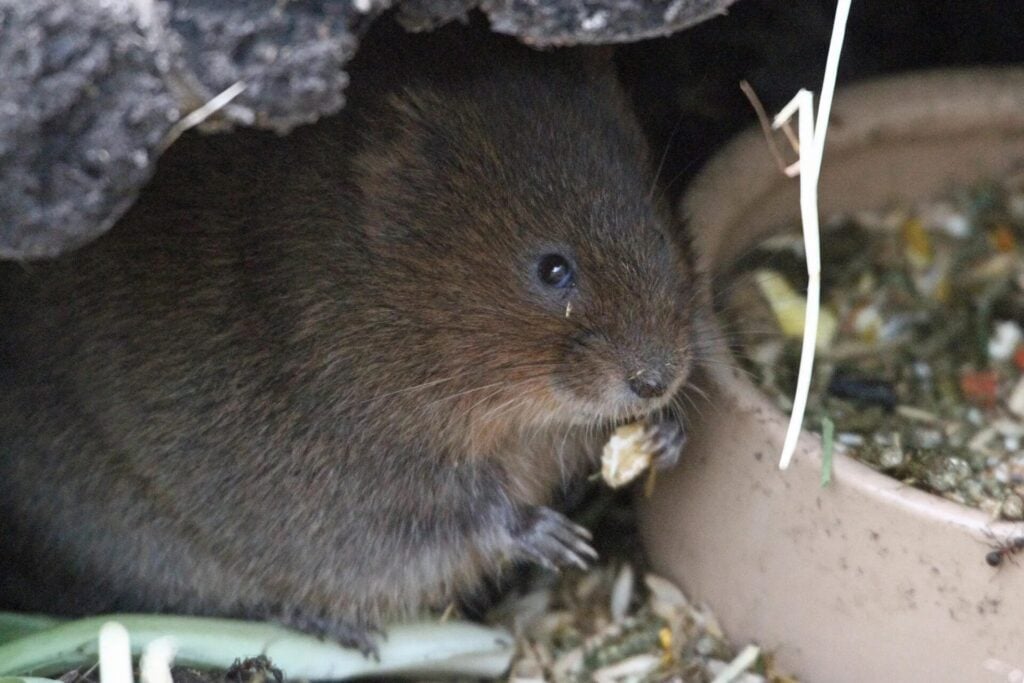
The animals were transported in special transport cages to their new home, with plenty of space for nesting material and food. They were released into aluminium pens, packed with straw and food, which are dug into the ground but have an open base, allowing them to burrow into the ground and return for shelter and food.
Food will continue to be provided in the pens for a couple of weeks, as they are weaned onto the wild vegetation in their new habitat.
Staff and volunteers from Citizen Zoo will monitor the population using camera traps and remote rafts, giving us regular updates. Once settled in their new habitat it is hoped the released water voles will be breeding by the end of the year.
Link to video https://kent.wildwoodtrust.org/blog/a-dive-behind-july-2025-historic-water-vole-release-in-surrey

